bluedot 2023: the importance of geological outreach
Staff members from various disciplines across BGS worked over the weekend to engage festivalgoers with BGS’s work, specifically critical raw materials.
10/08/2023
In July, six intrepid BGS adventurers and one giant tree left on a mission to revolutionise the way people think about geology. Their mission? The Future Fields area of the bluedot festival at Jodrell Bank in Cheshire.

The team at bluedot. BGS © UKRI.
A matter of reputation
Most people with an interest in geology are probably aware that it has an image problem, an issue nicely illustrated in the 2023 paper, ‘“You just look at rocks and have beards”: perceptions of geology from the UK’. So it is perhaps unsurprising then that, when teachers of a local school asked children to draw an image of a geologist before BGS’s director, Karen Hanghøj, visited earlier this year the pictures largely featured older, white males — although exceptions included various creative differences, including a prosthetic leg.
The authors of the paper recommended that geologists ‘take more responsibility for supporting the development and promotion of a modern, inclusive, important and respected discipline’. This core value is recognised by BGS and, in our most recent strategy, public engagement is one of our six strategic pillars that have a fundamental, cross-cutting role in the delivery and impact of our science.
#TheCommoditree (that giant tree)
Our new public outreach tool is a three-metre-tall tree called The Commoditree, which was funded through the Critical Minerals Intelligence Centre (CMIC). It was launched at this year’s Glastonbury Festival and had its second outing at bluedot.
The interactive installation asks people to consider the critical raw materials (placed around the roots of the tree) required to make many of the commodities (found in the branches) we enjoy as part of modern life. It reminds us that items such as our electronic devices, medical equipment and cosmetics don’t just grow on trees. (Plus, Commoditree is a great pun.)
The Commoditree wasn’t the only focus of the stand, however, although the critical raw materials theme remained. When festivalgoers stepped inside our tent they were able to see, touch and even smell an array of critical raw materials up close, as well as maps of metal extraction and deconstructed mobile phones. If they answered questions correctly they also got to take home stickers and temporary tattoos, many of which were waved at us from all around the festival grounds over the course of the weekend.
Public engagement through a BGS lens

Public engagement manager Rose Want at the bluedot stand. BGS © UKRI.
Engaging members of the public in geology is a sometimes challenging but always rewarding task. Throughout the weekend, my approach to introducing people to our stand was ever changing so I could refine how I engaged with the public. I found that a lot of adults wanted to be taught something, whereas the children often wanted to show me what they knew about rocks and crystals. Whilst chatting to people of all ages was brilliant, engaging with kids to help foster their love for earth science was particularly rewarding.

Hydrogeologist Jon MacKay interacting with the public at the bluedot stand. BGS © UKRI.
We had a variety of staff on the site, including someone with bright pink hair. One of the aims of public engagement is to show our audience that anyone can be involved with geology, no matter who they are. Our one stumbling block here is the aforementioned image problem and lack of diversity in our field. However, the more we chat to future geologists and show them that geologists can spend their time getting muddy, or hitting rocks, or climbing glaciers, the more we move towards a more open and accessible discipline. We’re also showing how relevant earth science is and how geology is absolutely essential to daily life. Don’t believe me? Time yourself for ten minutes and try not to use any mined materials (hint: plastic is one of them).
Public engagement is not only valuable for the public; it’s equally important for BGS staff members to get involved. Fostering love for your discipline with others is a valuable experience, but it’s equally important to pose a question to a member of the public and have them share their opinions with you — you never know what you might learn. One of our pieces at both Glastonbury and bluedot was an art installation reflecting views on potential lithium mining in the UK. We weren’t trying to shill for an answer but rather laid out both positive and negative facts that allowed festivalgoers to decide for themselves whether they wanted to vote pink (positive) or red (negative). The resulting artwork was only half of the point: the ability to allow our audience to think critically about the importance of mineral mining was the aim.No one is an island and this is true when covering such a vast topic as geology. We had a hydrogeologyist, a survey geologist and a public engagement officer with a degree in geology to answer any questions. For me as a communications manager, it was important to speak with other members of the team and learn their thoughts on communications and public outreach, and how we could improve our future output.
Team building
Finally, we can’t forget the team building aspect of public outreach events. We worked hard at bluedot this year, but the evening also gave us a chance to bond. When we faced removing a huge installation from a muddy quagmire at the end of the weekend, we had a foundation of team spirit that saw us band together to get the job done.

The team having some bonding time together. BGS © UKRI.
In a big organisation that covers various locations across the country, connecting with staff from other offices is important. bluedot was a wonderful, fun and at times challenging experience, but I’m so glad I got to take part with such a great team,whose passion for geology and learning managed to shine through the storm clouds of the weekend.
The future of public engagement
As the festival season draws to a close, BGS will continue its public engagement strategy with public engagement events around the UK. Our installation, ‘Clean Energy Beneath Our Feet’, is also touring the UK: it’s at the National Mining Museum Scotland at the time of writing (July 2023) and will make its way to Dynamic Earth in Edinburgh throughout October.
The final word
I’ll leave you with a quote from a child visiting the BGS tent, amid the music and the giant telescope, who picked up a hand lens and sighed, ‘Finally, life is interesting.’
Contact
If you have an event coming up and would like us to take part, please email the BGS public engagement team (bgsengage@bgs.ac.uk).
About the author

Penelope Reeve
Communications officer
Relative topics
Related news
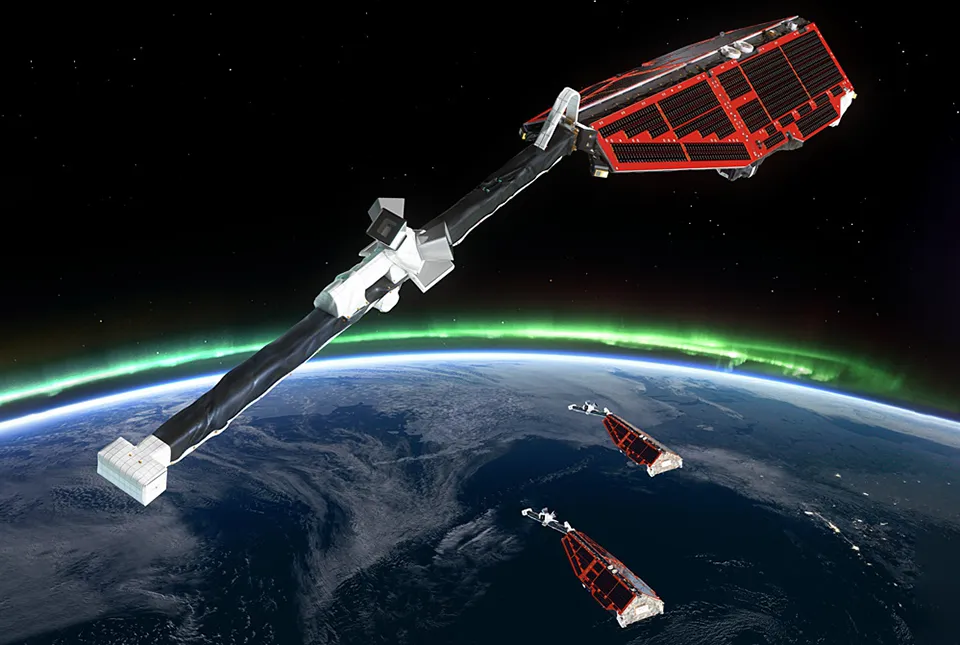
New global space weather hazard index launched
17/01/2025
The new index provides a near-real time, global picture of geomagnetic variations helping to highlight the effects of space weather.
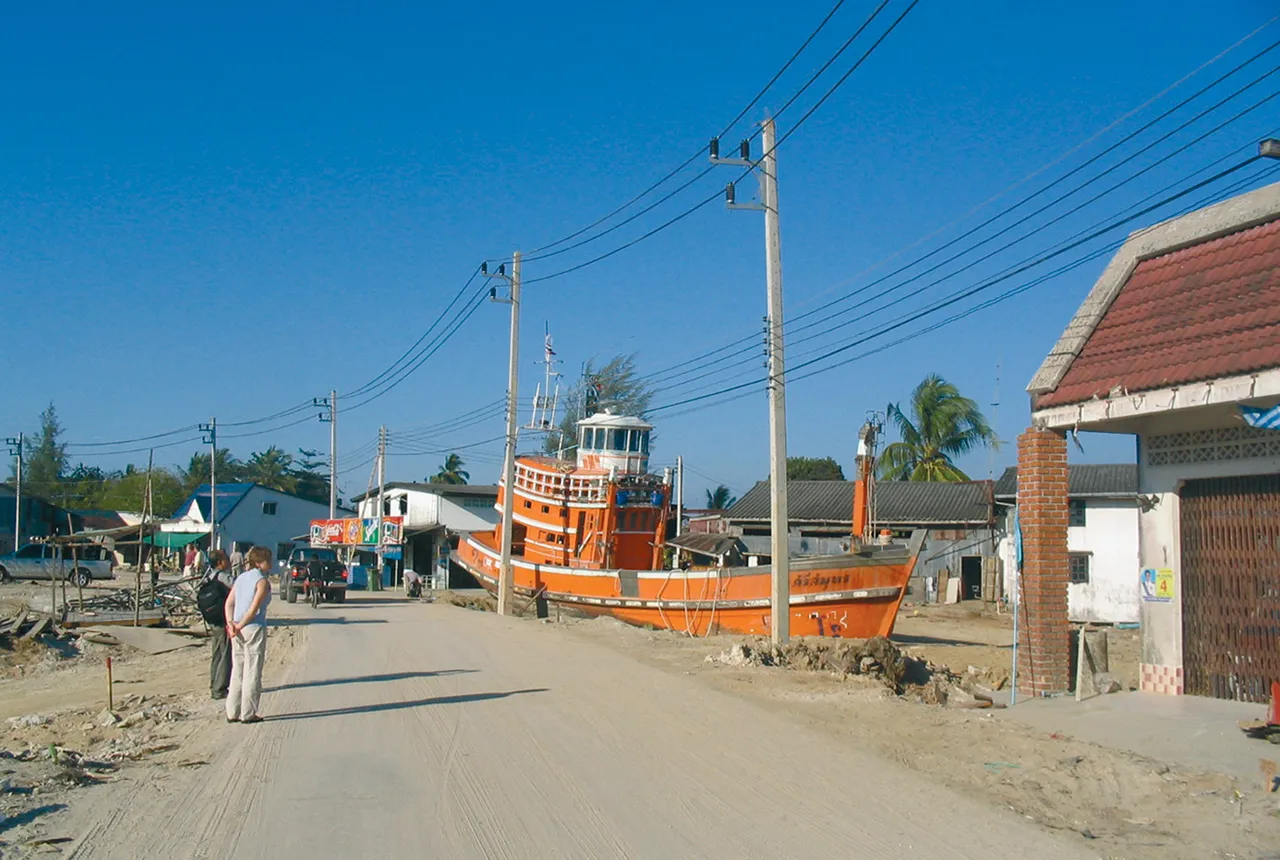
Twenty years on: the Indian Ocean earthquake and tsunami
26/12/2024
Boxing Day 2024 marks 20 years since the Indian Ocean earthquake and tsunami. Prof David Tappin reflects on the disaster and discusses what we have learnt since 2004.
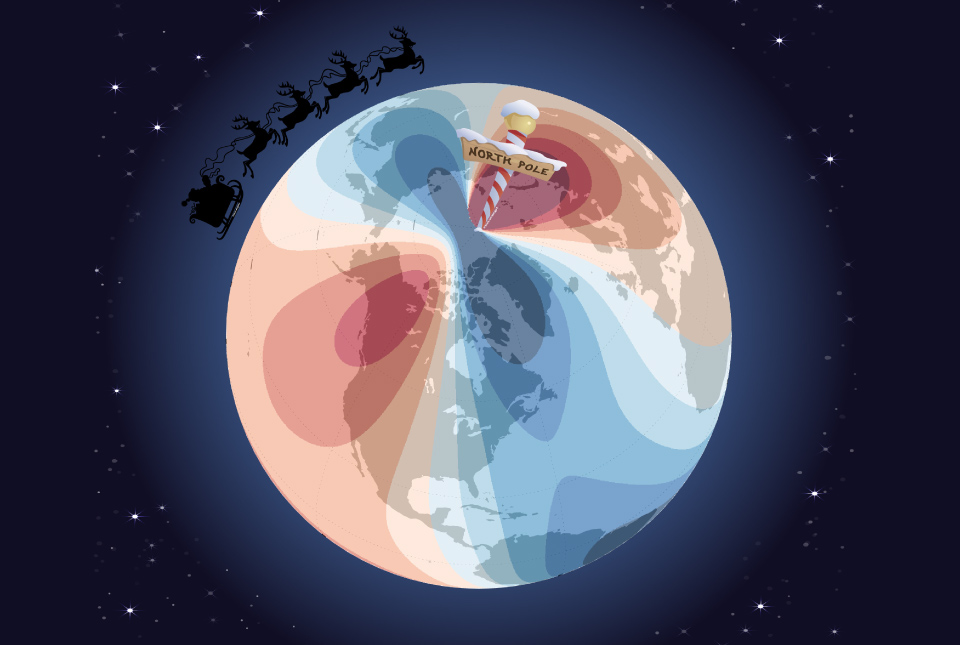
Airlines, shipping companies and sleigh drivers rush to update crucial navigation systems ahead of Christmas rush
17/12/2024
Release of major upgrade to a new model tracking magnetic north prompts global reset of satellite tracking systems across trade and passenger transport routes.
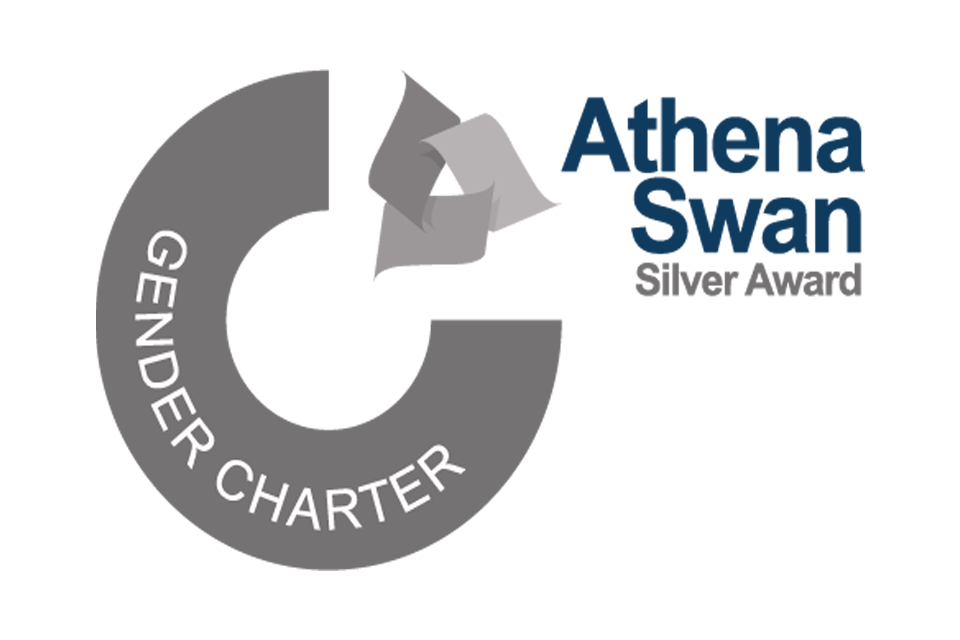
BGS awarded Athena SWAN Silver status
12/12/2024
BGS are delighted to have been awarded Athena SWAN Silver status in recognition of our ongoing commitment to gender equality
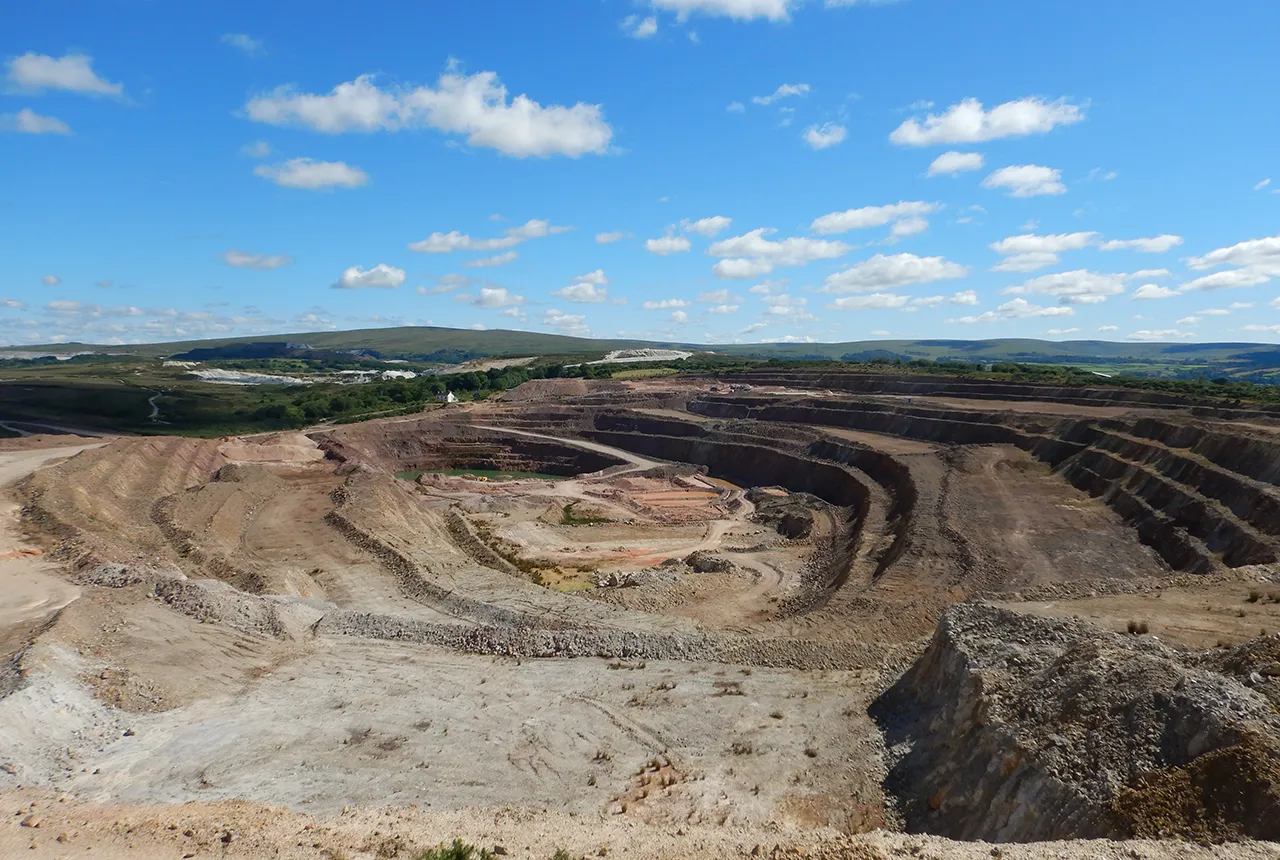
BGS makes significant advance in mineral data accessibility
10/12/2024
A new public application programming interface for the BGS World Mineral Statistics Database will revolutionise how users interact with critical data.
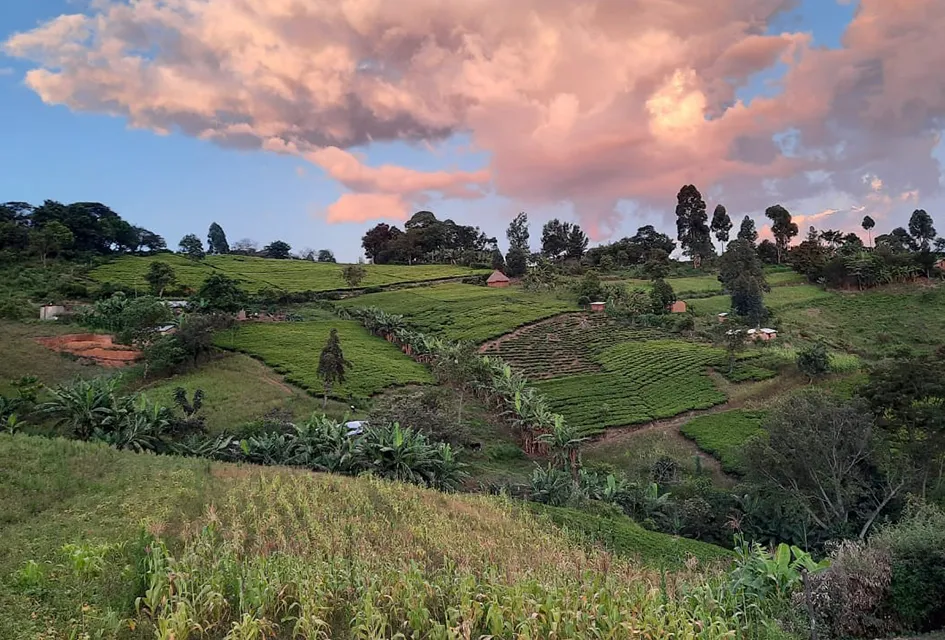
Dynamics of land-to-lake transfers in the Lake Victoria Basin
09/12/2024
In June 2024, a UK/Kenya research team shared research findings from a collaborative, four-year field and experimental programme within Kenya.
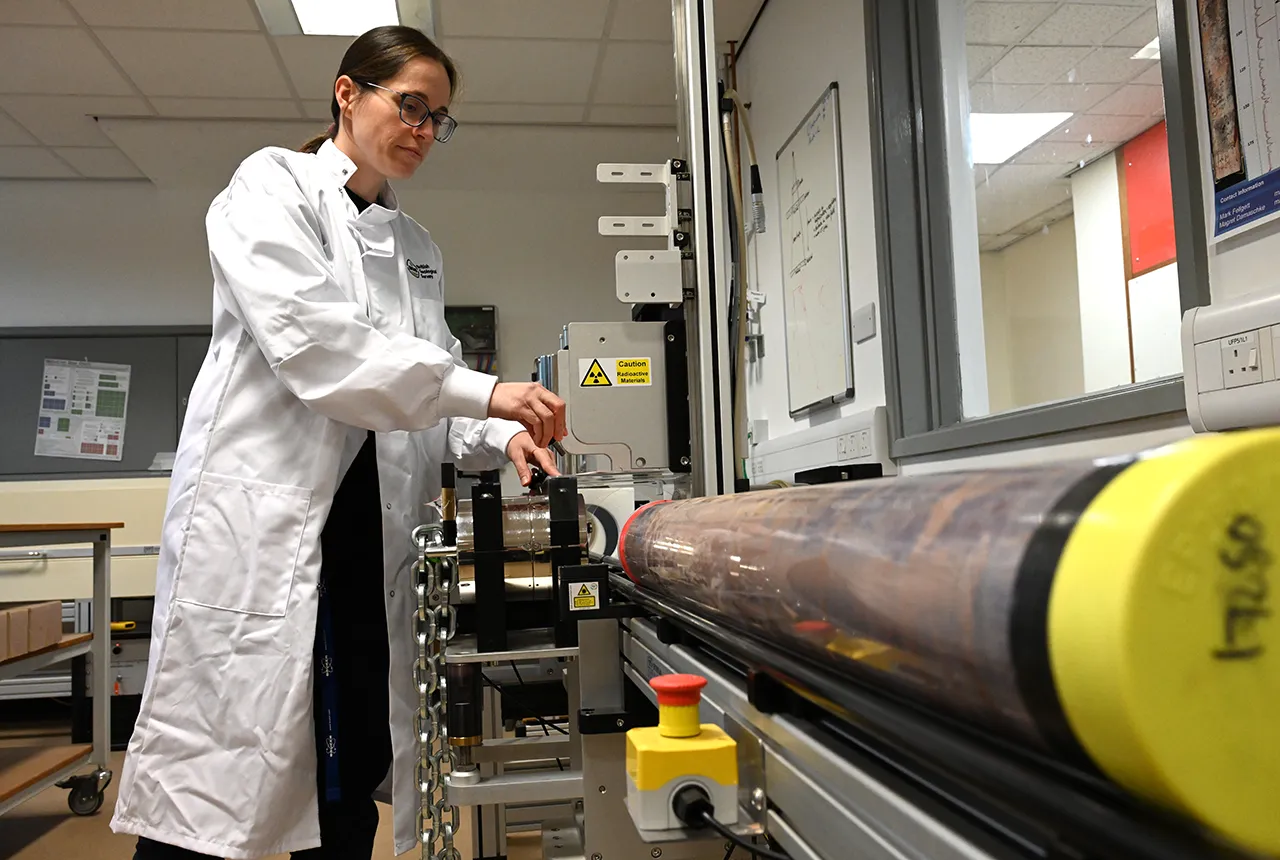
Prehistoric power: 250-million-year-old rocks could contain secrets to net zero future
05/12/2024
BGS has completed a comprehensive scan of Mercia Mudstone rocks that could hold geological secrets of the UK’s past and provide a boost for net zero.
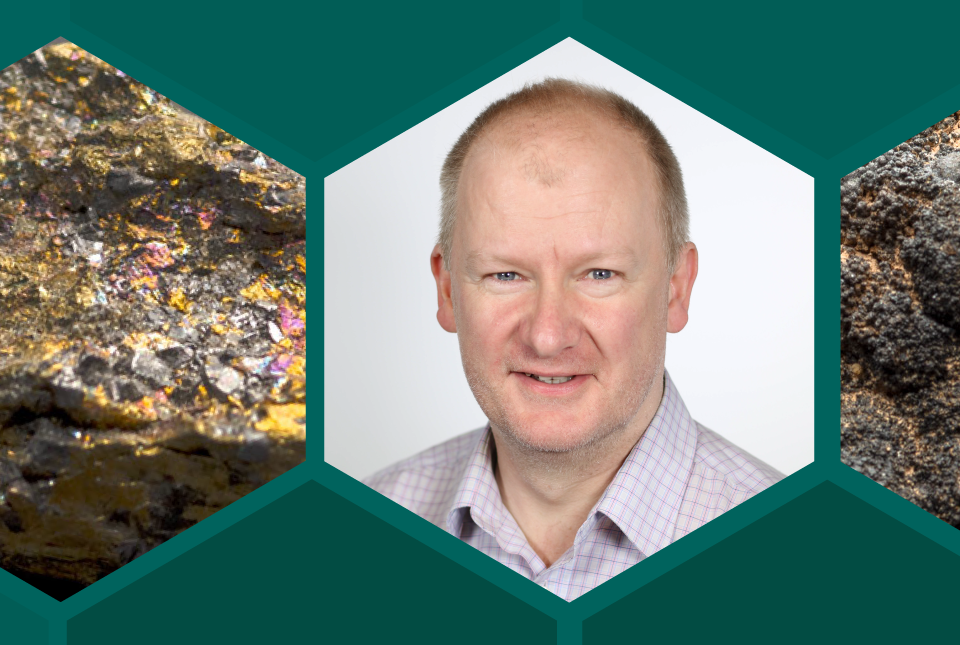
The challenge of assessing the UK economy’s dependence on mineral supply
28/11/2024
Critical, essential, or just plain important? Dr Gavin Mudd, director of the Critical Minerals Intelligence Centre, discusses the findings and new methodology featured in the 2024 UK Criticality Assessment.
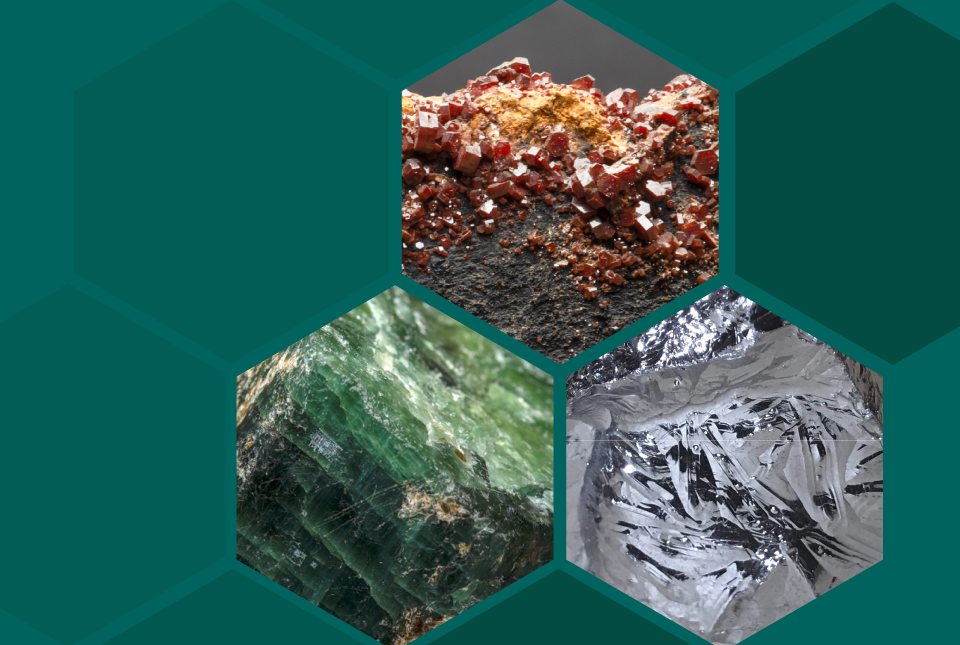
UK 2024 Criticality Assessment published
28/11/2024
The latest UK Criticality Assessment, produced by the UK Critical Minerals Intelligence Centre, shows that growing diversification brings an increasing vulnerability in terms of disruption to supply.
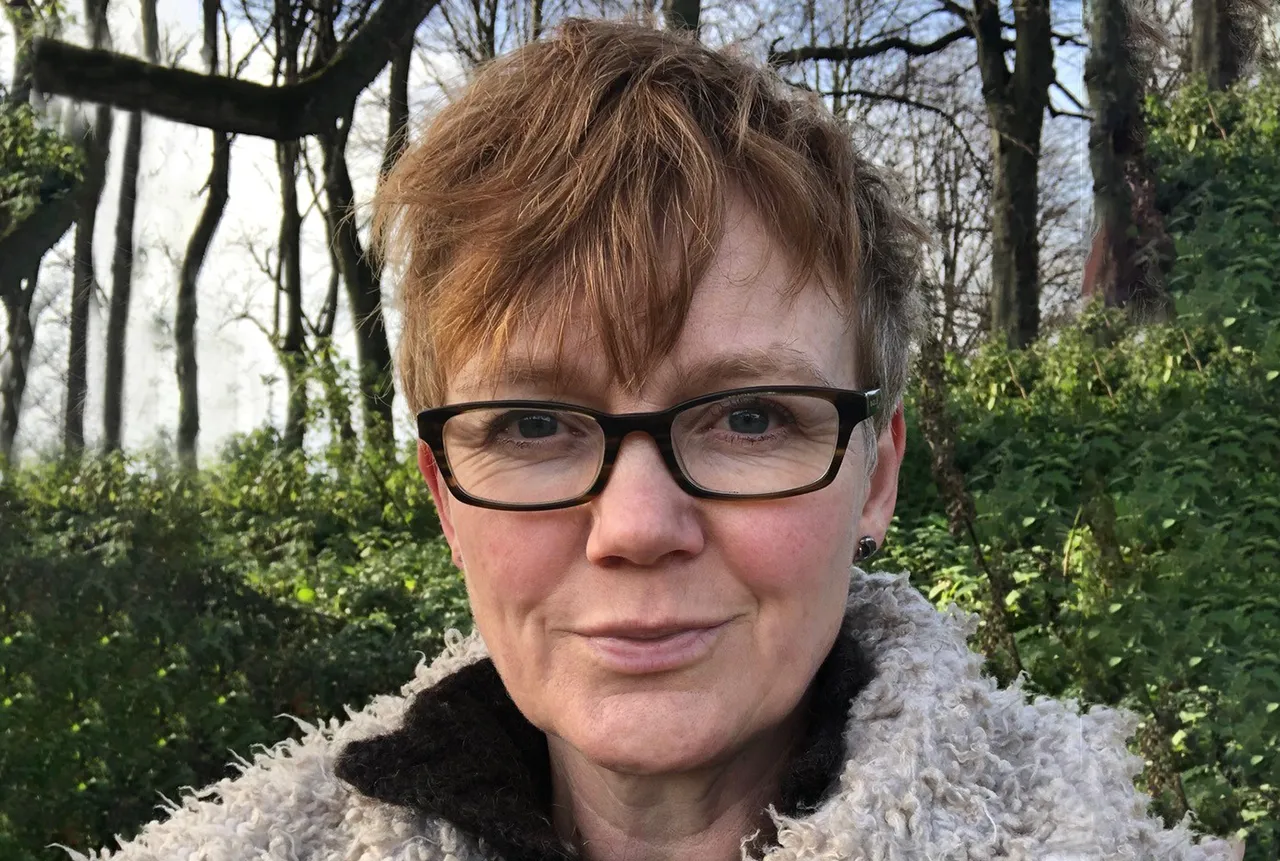
Brighid Ó Dochartaigh honoured with prestigious Geological Society award
27/11/2024
A recently retired BGS employee has been honoured for her contribution to the hydrogeological community.
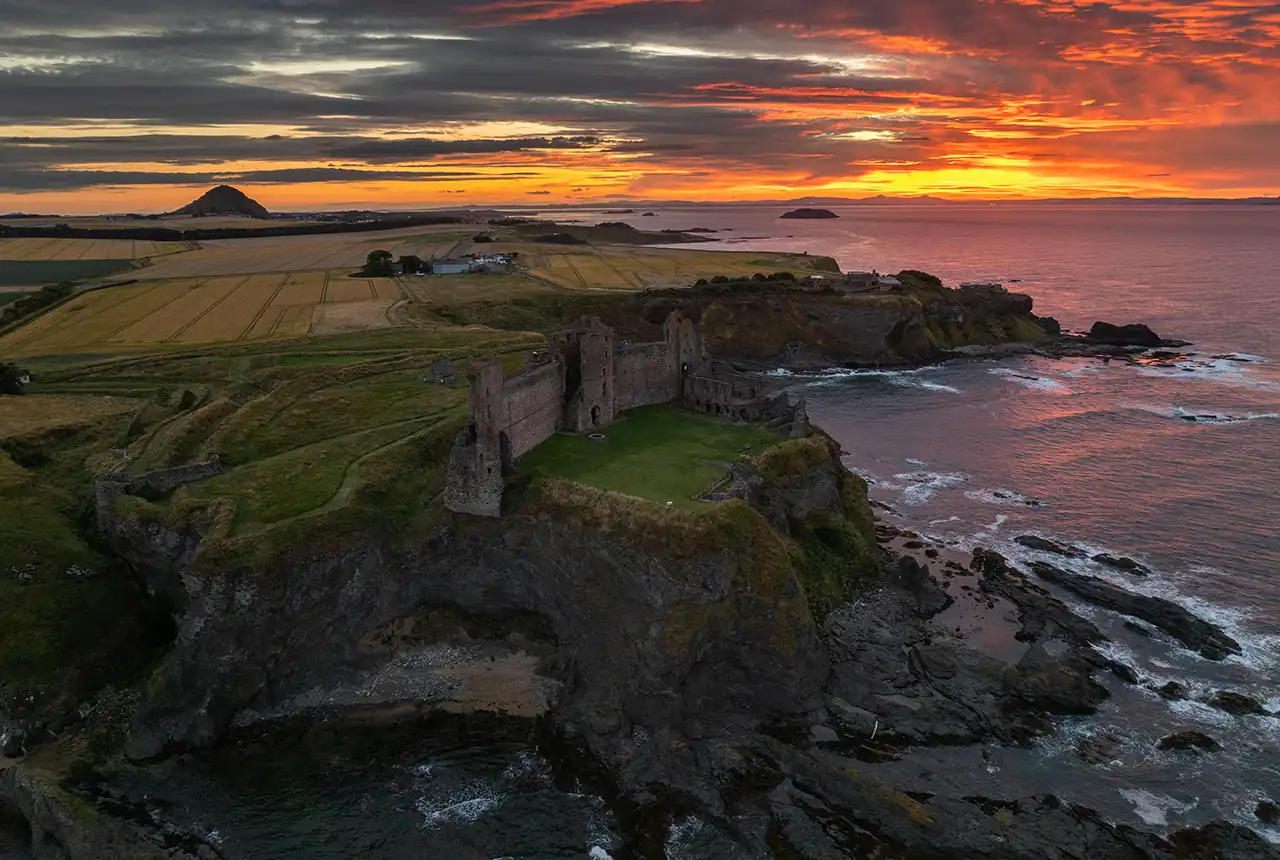
How can Scotland re-establish its building stone industry?
14/11/2024
British Geological Survey research, commissioned by Historic Environment Scotland, reveals an opportunity to re-establish the Scottish building stone market in order to maintain the country’s historic buildings.
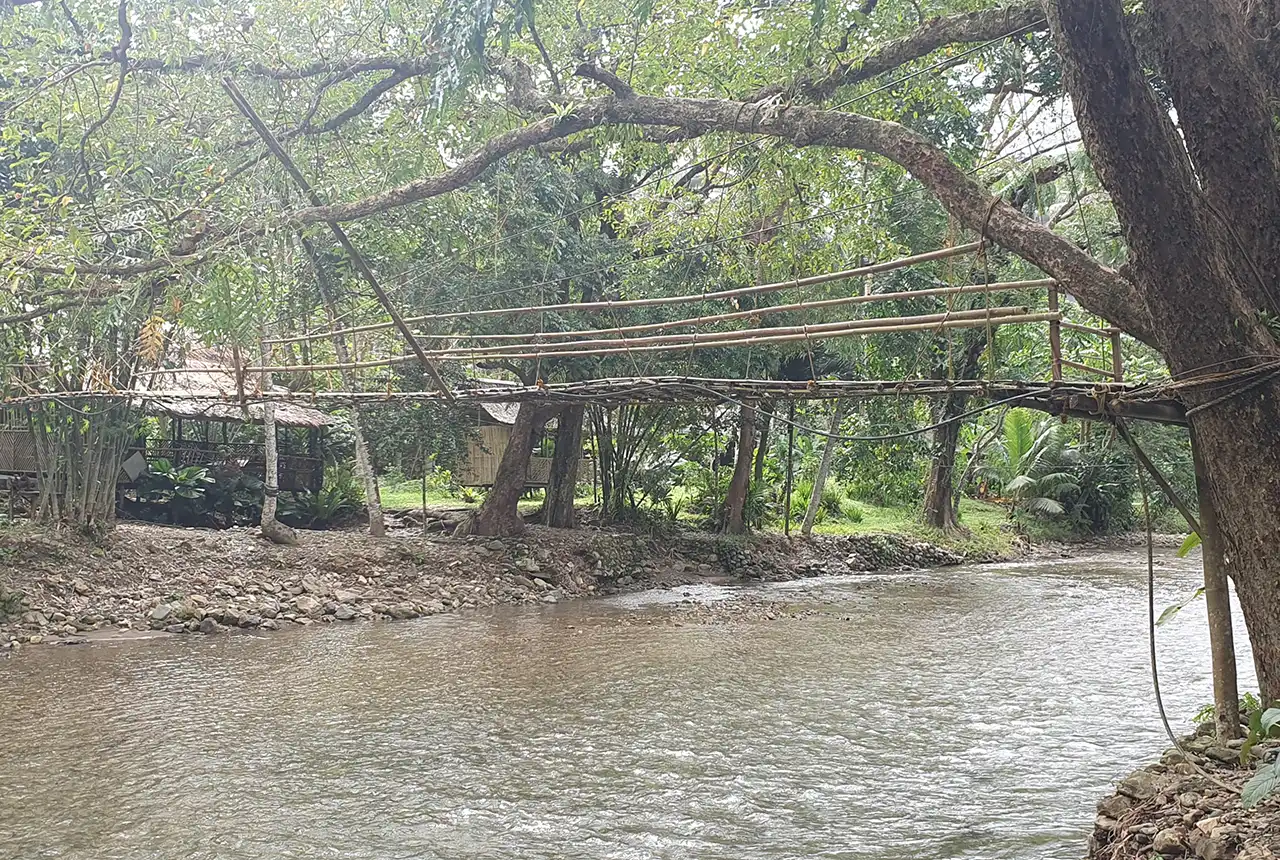
UK–Philippine partnership to help tackle the challenges of future water security in the Philippines
07/11/2024
New ‘hydrological hub’ to foster research and provide essential national water management datasets and tools.


